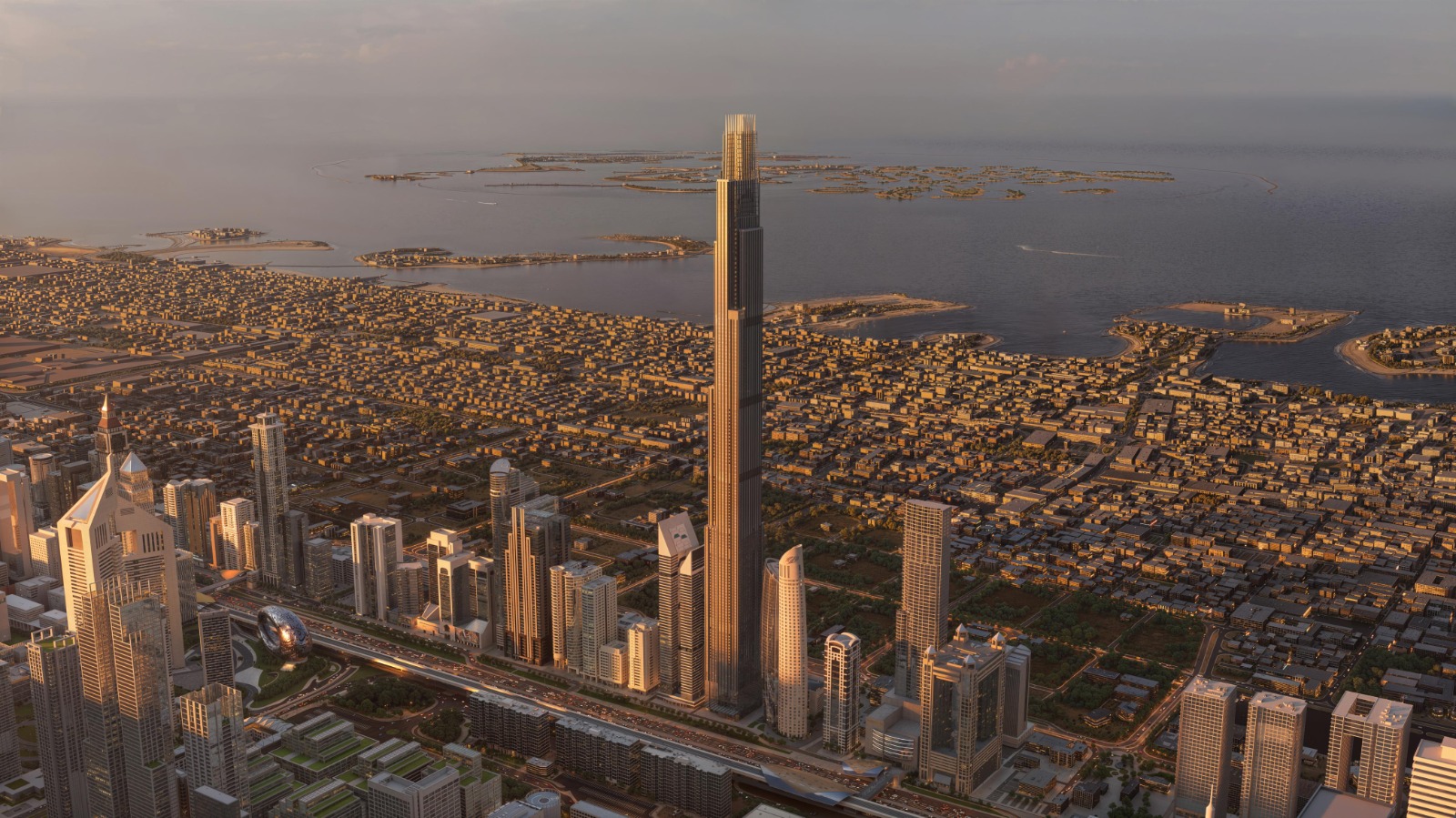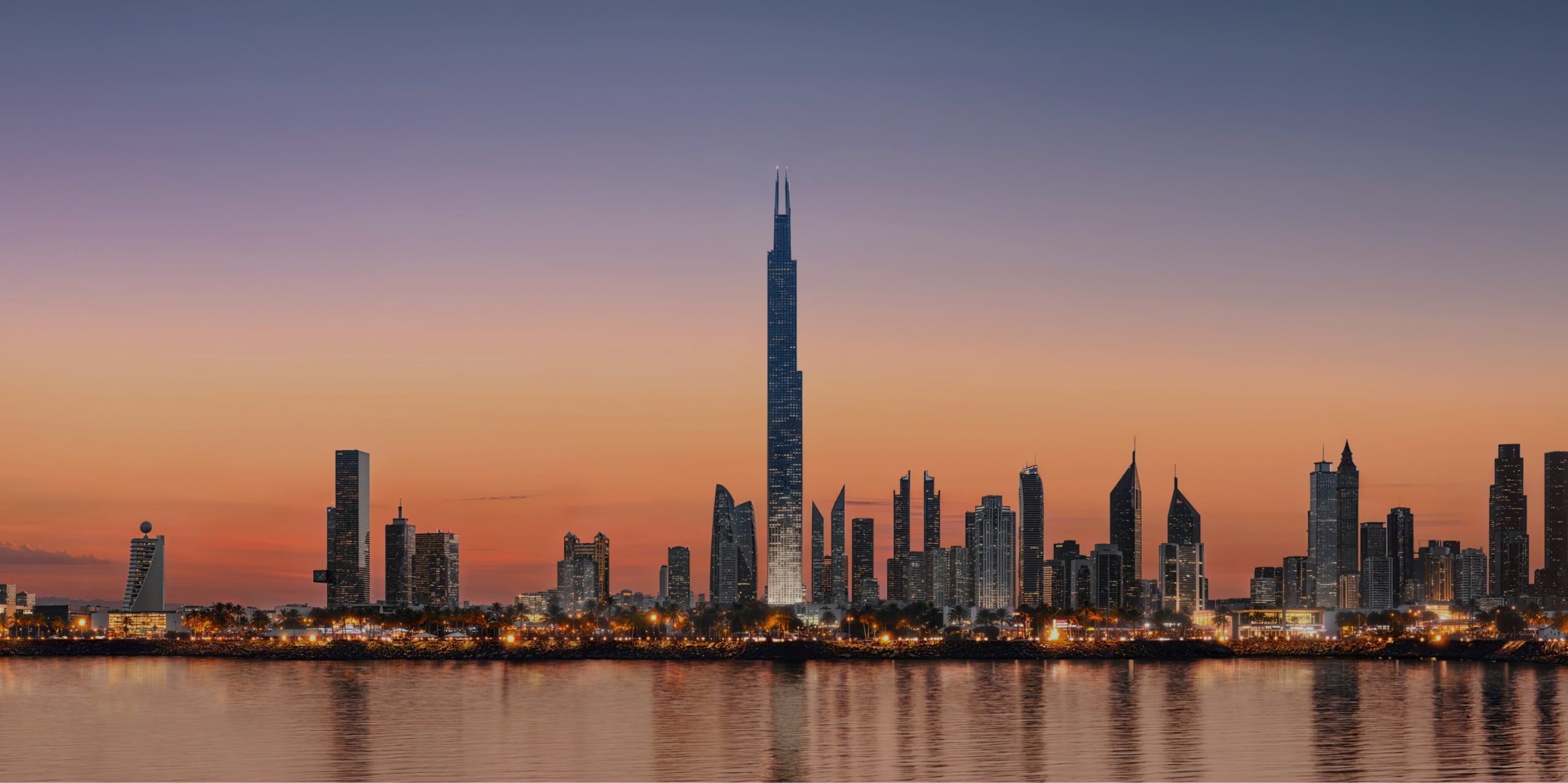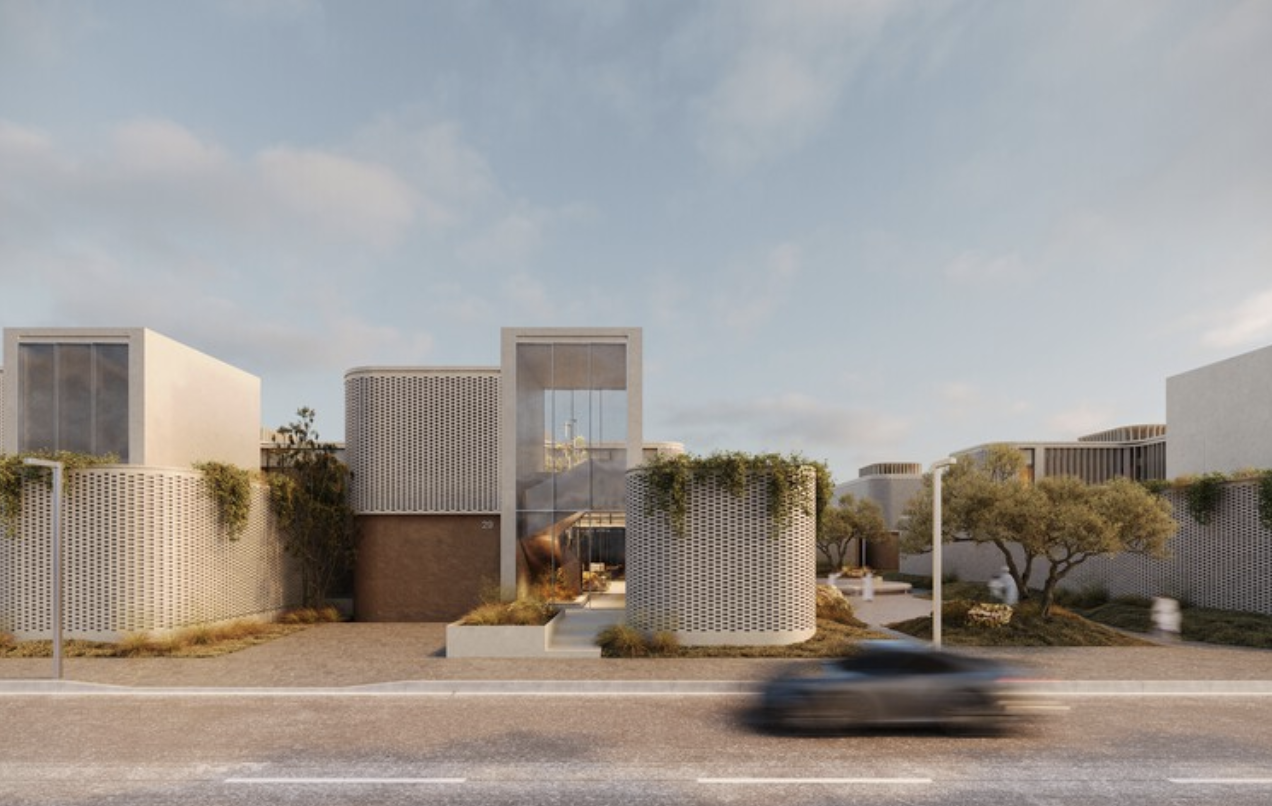In a city that never stops building upward, the return of Burj Azizi to Dubai’s skyline is a reminder that ambition here is rarely shelved for long. After months of speculation, construction has officially resumed on what is poised to become one of the tallest towers in the UAE, a 725-meter superstructure on Sheikh Zayed Road that aims to rival the world’s most iconic vertical landmarks.

First unveiled in 2023 by Azizi Developments, the project had seen its momentum slow in the wake of global construction cost fluctuations and supply chain delays. But this August, the developer confirmed that the tower’s foundational work has restarted, with full vertical construction expected by early 2026. Its new projected completion date is set for 2029 — a deliberate timeline that signals not just intent, but readiness.
The significance of Burj Azizi lies not just in its height, which, if realized, would make it the second-tallest building in the UAE after the Burj Khalifa, but in its ambition to be more than just a silhouette. The tower is expected to feature ultra-luxury residences, serviced apartments, a vertical resort, office spaces, observation decks, and fine dining venues. It’s a complete vertical city, wrapped in high-performance glass and engineered to withstand the thermal, structural, and logistical demands of building at this scale in a desert climate.
Set within the rapidly transforming stretch of Sheikh Zayed Road near Dubai World Trade Centre, the tower’s positioning isn’t coincidental. The area has seen an influx of master-planned developments, with Dubai doubling down on mixed-use high-density nodes connected to public transit, leisure, and business hubs. The relaunch of Burj Azizi aligns with this vision, a vertical anchor that both captures the skyline and catalyzes foot traffic, tourism, and residential demand.
What differentiates Burj Azizi from earlier towers is the architectural tone. Renderings suggest a sleek, tapering form that avoids gimmickry in favor of classic proportion and rhythmic façade detailing. Sustainability is also taking center stage, with early indications of LEED Gold certification targets, advanced cooling systems, and smart energy integration across all functions of the building.
Of course, height in Dubai is never just about engineering — it’s symbolic. Burj Azizi’s return is a statement of confidence in the emirate’s real estate cycle, its infrastructure capacity, and its continuing appeal to global investors. It comes at a time when the city is recording record transaction volumes, rising international interest, and sustained demand for branded, high-luxury living experiences.
If all proceeds as planned, the tower will redefine the skyline once again — not as a replacement for the Burj Khalifa, but as its complement. Another vertical chapter in Dubai’s ever evolving architectural narrative.





